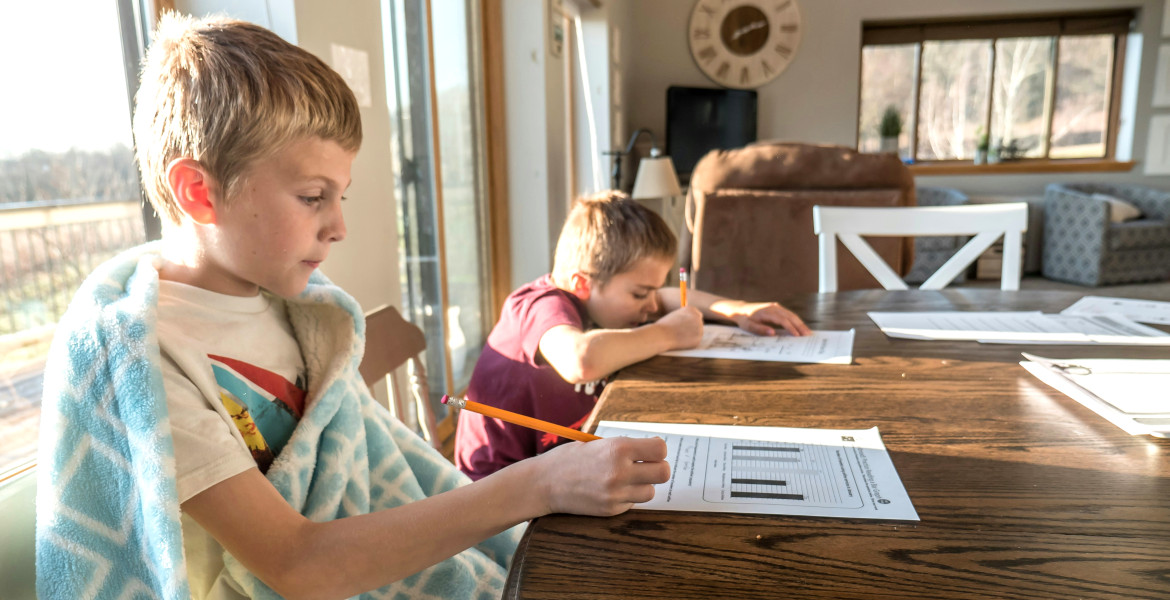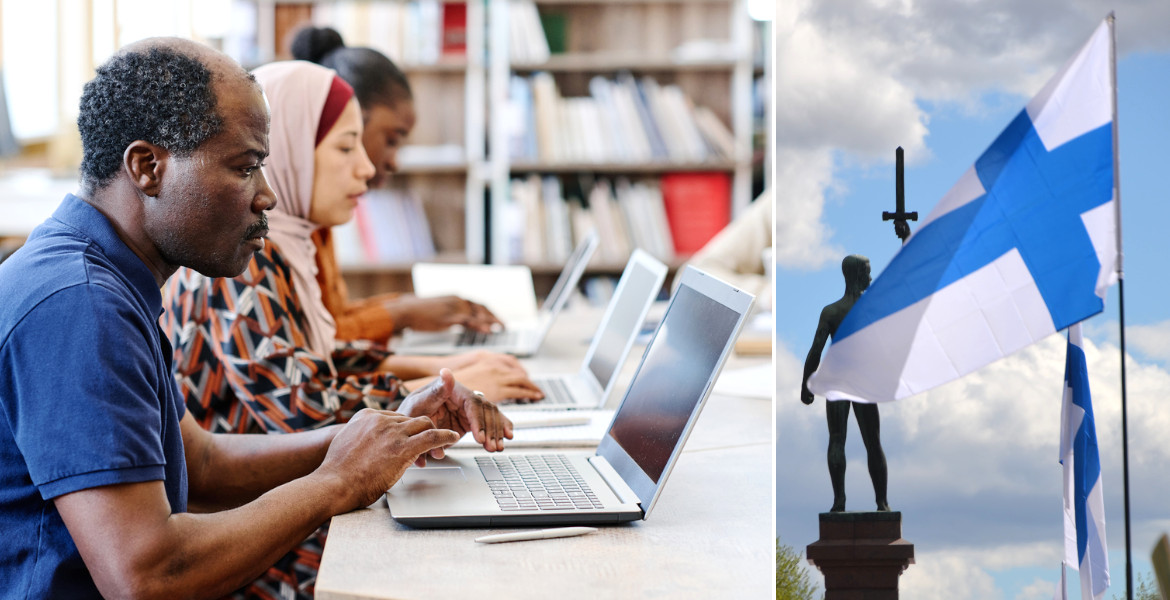More and more children are receiving homeschooling in Finland – a trend that gained momentum during the coronavirus crisis and has continued to grow since then. Lack of support in schools and increased awareness are cited as reasons, while authorities warn of knowledge risks.
During the coronavirus crisis, more and more people began working from home in Finland, as in other countries. More children were also taught remotely, especially during spring 2020 when all schools except preschools were closed for about two months. Since then, homeschooling has increased in the country, even after the end of the coronavirus crisis.
In 2020, 585 children received homeschooling, which was then an increase of a quarter from the year before. Last year, the figure had increased to 881 children.
Unlike in Sweden, where compulsory schooling is stricter and it is therefore more difficult to get permission for homeschooling, it is significantly easier in Finland. No special permit is required to homeschool children.
In Sweden, it has become more common to move to Åland (an autonomous Finnish territory) to escape Sweden's compulsory schooling laws, where, like in Finland, it is easier to homeschool children. In 2024, 95 percent of all homeschooled children in Åland were Swedes, according to tax-funded SVT (Swedish public television).
Awareness has increased
Marjukka Saarnisto, vice chairman of the homeschool association Suomen kotikouluyhdistys, sees several reasons why more parents choose to homeschool their children.
— Awareness has increased while problems in elementary school have increased. Nowadays parents dare to make courageous decisions regarding the child's best interests, she tells Finnish public broadcaster Yle.
It can also involve issues such as bullying or lack of support for the student that leads parents to choose homeschooling. A common phenomenon is that many believe that homeschooled children are isolated from society, a myth that Saarnisto says is not true.
— Children who are taught at home also have friends. They have hobbies and even have more time and energy for them than children in elementary school.
A challenge
Education counselor Riia Palmqvist from the Finnish National Agency for Education believes the increase is due to the fact that remote work increased during the coronavirus crisis and that many Finns still work remotely. Since there is no remote alternative for elementary school, parents instead choose homeschooling.
However, Palmqvist emphasizes that homeschooling is demanding and that there is a risk that the child will not gain sufficient competence to continue studying.
— It can be difficult to get into upper secondary school or vocational school if you don't have proof of your competence, she says.




